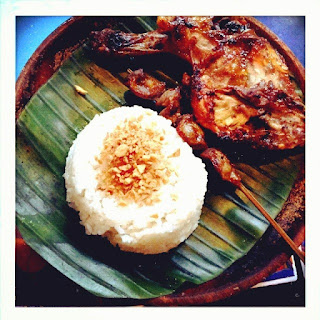Summer is over, and most Filipino parents are now going back
to the grind of taking their kids through the school routines. The yuppies also
feel the change in the atmosphere, as the vibe really is different when the
summer months are over.
But what if you’re one of those who didn’t quite savor their
summer vacations, but instead, chose to put in more hours at work, start new
projects, and just generally stuck to being a workaholic? Is it too late for you
to grab a weekend and enjoy the beach?
It’s never too late to make the most out of your vacation
leave credits. And today is a good day to plan your weekend getaway.
Here are three reasons why July is a great time to start
planning a trip to the beach:
- Boracay is on “off-season” mode. Sure, a good number of people now say that Boracay is overrated and it just isn’t the same anymore. However, let’s face it: Boracay is still, by far, the most accessible and most convenience-filled beach in the Philippines. Accessible, transportation-wise, and convenience-filled, because all you need to do would be to book your flight, book your hotel, wait for your trip’s schedule, pack your things, and get there. The unspoiled beaches in the Philippines tend to be challenging to get to, and you may even need to bring your own tents, food, and other such provisions. If you want a fuss-free, discounted getaway just to clear your mind and see nothing but the sand and the blue sea for a change, Boracay is still the best go-to beach.
- It’s a cooler time. This summer was probably the hottest in the Philippines, going up to 40 degrees Celsius in Metro Manila. If you’re like most of us spoiled urbanites, you wouldn’t want to trek through, say, D’Mall, with your things (most likely in a heavy backpack or a rather large trolley) to get to your hotel in the scorching sun. Now is the best time to go, and breaking a sweat (unavoidable in a tropical country, really) would be less of an ordeal than in the summer. And since it’s a cooler time, it’s time to plan trips throughout the year. You should totally start a travel “bucket list” of sorts. Boracay would be great to clear your head for a weekend; going to all the great spots in the Philippines at least once in your life will certainly make your toil worth it.
- You totally should take quarterly trips. High performance guru Brendon Burchard says in his book The Charge that anyone who wants to keep themselves in top form for productivity should recharge regularly. In fact, he advises that you need to plan a getaway for yourself every 90 days, just to recharge, reset, and come back to work with a fresh drive to do awesome things. Now is a great time to start planning those vacations!
July is just around the corner, and you can’t afford to burn
out with the grind. So don’t mind the fact that the rainy days are upon us. Plan
your “summers,” get to your travel bucket list, because it’s simply more fun in
the Philippines!
Plan Your Weekend Getaways Now
Monday, June 29, 2015
Beaches, More Fun In The Philippines, Philippines









































